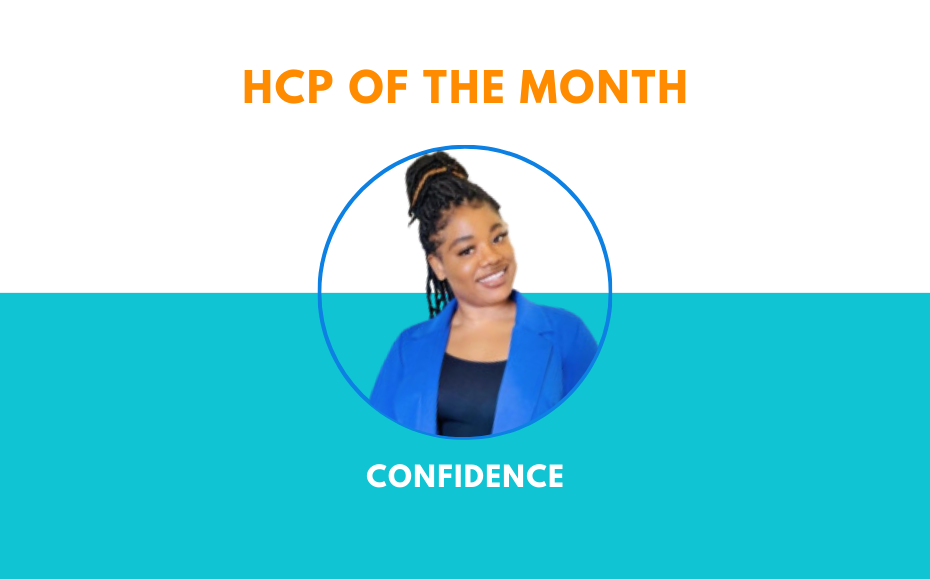Healthcare is more than just the technical and physical labor. To win the trust of your patients, you need to have ethics, principles, and a strong moral base. Healthcare facilities are entrusted with the lives, continued health, and sensitive information of the patients they work with, which is why healthcare facilities want to avoid bringing in applicants who have previously breached healthcare policy, in the past. To ensure that never happens, most facilities go through a process called “exclusion screening.” Why do so many organizations commit to this, and how can it be adopted successfully? This article answers all these questions and more.
What is Exclusion Screening?
Put simply, exclusion screening is when a facility checks whether or not an applicant is ‘prohibited” from any federally funded programs. In addition to a regular background check, employers will search for your name in federal and state exclusion lists. If your name does not pop up on any of these lists, then you have passed the screening process.
For example: When you commit a healthcare crime, The Office of Inspector General puts you on a list and prohibits you from receiving funds from Medicare and Medicaid. All excluded individuals are put on a publicly available List of Excluded Individuals/Entities, for convenience’s sake.
Why is exclusion screening so important?
There are pragmatic and ethical reasons as to why facilities invest in exclusion screening. For starters, employing healthcare professionals who are on the List of Excluded Individuals/Entities is a fineable offense. Facilities can be charged up to $10,000 for every service or item they provide during work. A follow-up assessment could multiply this amount by three, and facilities may even get excluded from federal healthcare programs altogether.
Then there are the moral reasons. Patients trust facilities with their lives, health, and extremely sensitive information. Putting untrustworthy individuals in these rules jeopardizes the continued safety of patients and residents, as well as the reputation of the healthcare industry at large. Facilities owe it to their patients to ensure that the healthcare professionals treating them are upstanding citizens who follow healthcare laws and regulations.
How do you effectively exclusion screen?
Exclusion screening is not something that hiring managers can half-heartedly do. It requires commitment and investment towards being as thorough as you possibly can be. For a smooth screening process, we have gathered a number of prescient tips for you:
Determine pertinent databases
While resources like the List of Excluded Individuals/Entities, different states have different procedures. Some exclusionary databases are only relevant in certain states, and failure to check them could result in fines. Familiarize yourself with the databases you are legally required to check, for exclusionary screening. You also want to know what information the databases provide, and what you are looking for when you name search.
Bring in legal counsel
If possible, working with legal counsel will help you cover all your bases. Reporting and terminating an employee caught breaking healthcare laws has a specific process that facilities must follow, unless they want to get into legal trouble. Having legal counsel will let you know whether or not your actions are in-line with these processes or in violation of them.
Document findings for future reference
If you terminate an employee, there is a good chance that they will threaten legal action. To show officials that you followed all the processes, and had good reason to deny someone employment, document all your findings while you screen someone. Screenshots, timestamps, and saved web pages can all be stored in a secure file.
Search individuals thoroughly
It is not enough to just search their names on a database. You want to input all the relevant information they sent to you, upon application. This includes social security numbers, previous names, addresses, birth dates and more. If possible, having a dedicated employee who is knowledgeable in sanction monitoring will make this process more convenient.
Screen before and after hiring
Every facility screens their new hires. What you may not know is that the Center for Medicare and Medicaid Services (CMS) recommends periodically screening employees on a monthly basis. This ensures that everyone on the payroll is continually in compliance with state and federal healthcare regulations.













